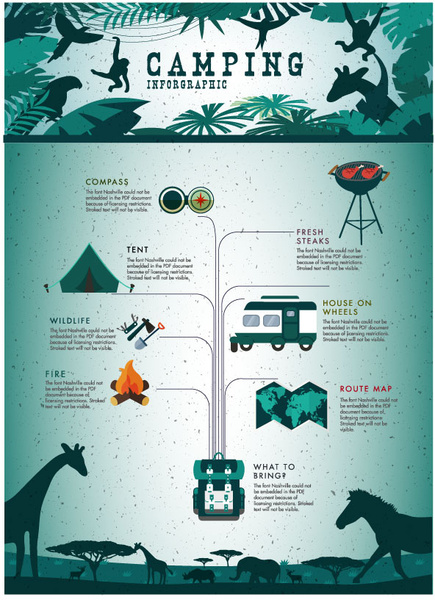While both offer toughness in different environments, it's important to determine which type of insulation will ideal serve your requirements. The insulation you pick effects warmth, weight, water resistance, compressibility and price.
Down is harvested from waterfowl, normally ducks or geese. It is valued for its agility, simple compression and insulating properties. Nonetheless, down becomes much less efficient when damp.
Warmth-to-Weight
A high warmth-to-weight proportion is desired in outside apparel and gear. The shielding residential properties of down feathers make them a fantastic alternative for this function, as they are very cozy and light-weight.
Nevertheless, down loses its insulating capabilities when it gets wet, indicating it needs to be paired with a waterproof covering. Furthermore, some people are allergic to down, making synthetic coats a far better alternative for them.
Artificial insulations are normally made from recycled polyester and made to mimic down's insulating residential properties. They are not as lightweight as down, however they do not lose their protecting capabilities when they splash and completely dry faster than down. They are likewise a lot more affordable than down. However, their lifespan is much shorter than down, resulting in greater upkeep and substitute prices.
Water Resistance
The insulation you pick for your job jacket will make a huge difference in exactly how comfortable you really feel outdoors. However, the kind of insulation you select likewise has considerable implications for your sustainability goals.
Down is an exceptional insulator for a number of reasons. It's light-weight, compressible, and supplies a great warmth-to-weight proportion. However, it does not fare well when it splashes. Down clumps up and sheds its loft when damp, which can substantially decrease its ability to trap heat.
Artificial insulation products, such as Thinsulate and Primaloft, hold up better against damp conditions. They usually have a limited weave or chemical finishing that maintains water from penetrating the material. This permits the insulation to remain breathable, even if wet. It deserves keeping in mind that synthetics can additionally be uneasy when wet, however they keep their shielding homes.
Compressibility
While tent maintenance goose down does have a remarkable warmth-to-weight proportion, artificial insulation does likewise. However, unlike down which takes in and sheds its shielding capacities when damp, artificial insulation does not. Because of this, it can keep its loft and catch cozy air in wet conditions.
Normally produced from polyester sheets or clusters that imitate down, the most typical synthetic insulation brands consist of PrimaLoft, FullRange, Thermoball and Patagonia's PlumaFill. While it still can't match down's loftiness and warmth-to-weight, synthetic coats are light-weight, fast to completely dry and more economical than down. This makes artificial jackets perfect for damp atmospheres, or if you're prone to sweating greatly. Synthetic coats are additionally less fragile than down and can take a beating. This durability extends to their face textiles which are generally thicker and more sturdy than down.
Toughness
A major consideration in sustainability is a product's durability and longevity. Natural products like cork, ThermaCork expanded cork and Havelock wool last longer than artificial alternatives like fiberglass and plastic. They additionally require less maintenance and can stand up to extreme environmental problems.
Nonetheless, all-natural insulation does not perform also when damp as synthetic choices. Wool and fleece glob with each other when damp, compromising their capability to catch warmth. Artificial insulation, on the other hand, does not soak up dampness and remains to shield also when soaked.
This makes synthetic insulation ideal for damp climates and laborious tasks where you could sweat greatly. It's additionally easier to wash and dries faster than down. This added longevity and reliability make artificial insulation an overall winner in this classification. This equates to long lasting shielded job boots that last lengthy and maintain you heat via requiring settings.
Sustainability
Natural materials offer biodegradability and a smaller environmental footprint, while synthetic options boast sturdiness and ingenious applications that sustain power performance. However, it is essential to comprehend real environmental influence of these insulation products from cradle-to-grave.
As an example, if an all-natural insulation product needs to take a trip a long distance from its source to the building site, transportation-related exhausts increase its overall carbon footprint. Choosing locally sourced and reused items minimizes that influence. And, going with GREENGUARD and Cradle to Cradle qualifications makes certain that insulation is without unpredictable natural substances (VOCs) and supports responsible sourcing and labor conditions.
Lamb's woollen and cork are eco-friendly insulation sources that are harvested without harming the tree or plant. Both have actually the included advantage of being normally resistant to mold, bugs and wetness.
